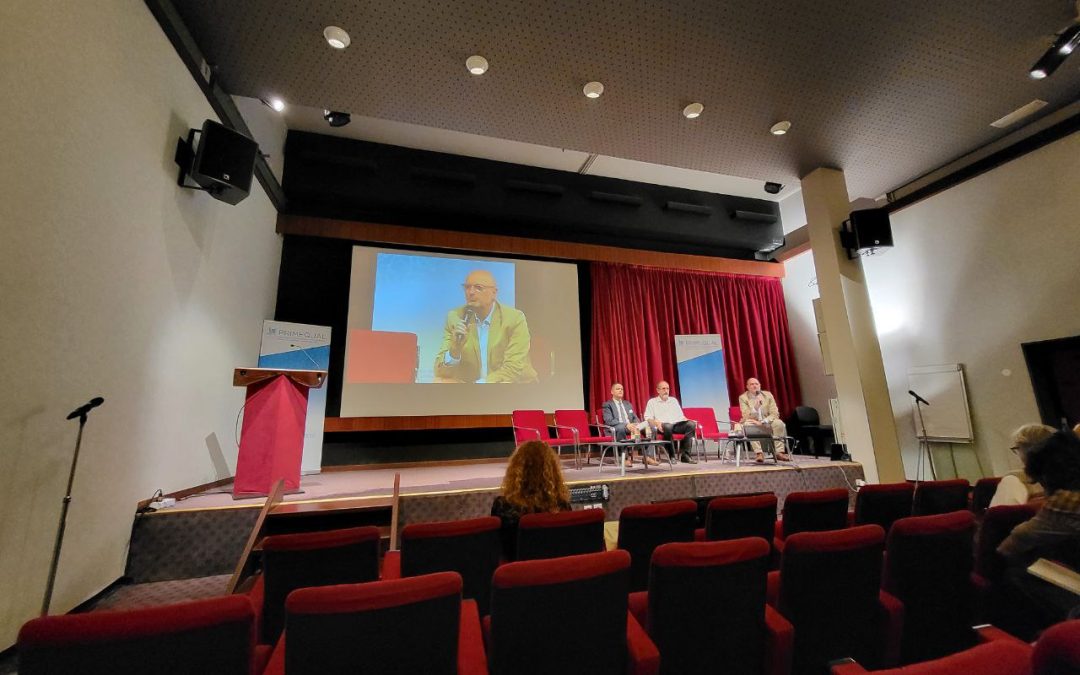Just like other European countries, France has mitigated urban air pollution levels. Nevertheless, the challenge remains, as environmental and public health impact of (urban) air pollution remains a threat. On 26 September, PRIMEQUAL, a multi-agency air quality research programme, organised an event that brought together air quality stakeholders and decision-makers to present the results of research projects related to urban air quality. LENS partners participated in the event to observe and discuss various solutions to reduce negative externalities of urban traffic. Several projects were presented throughout the event, such as:
CEPEM project:
CEPEM aimed to assess the impact of air pollution episodes on public health and to evaluate the effectiveness of related public policies. It focused on three main areas:
1. Epidemiological evidence:
This part of the project showed that there are no clear pollution thresholds for PM10, PM2.5 and NO2, but there are thresholds for ozone below the current limits. It also showed how the health effects of pollutants vary with the seasons and increase during heat waves. It also found that certain health effects during heatwaves are indirectly linked to elevated ozone levels.
2. Short-term measures:
CEPEM evaluated the effectiveness of short-term measures triggered by air quality alerts (AQAs) in Paris. In particular, these measures prevented about 163 deaths per year and generated economic benefits of about 14.1 million EUR per year.
3. Long-term solutions:
The project observed long-term measures to reduce air pollution in a sustainable way. Specifically, it analysed the potential plans for Low Emission Zone (LEZ) in the Paris region and found that the implementation of the LEZ could potentially prevent up to around deaths and roughly 3200 cases of asthma per year.
POLL-EXPO project:
It assessed the exposure of urban populations to air pollution and inequalities through simulations of different urban spatial planning scenarios, climate policies and behavioural change in terms of mobility and energy consumption. Thus, the impact of urban structure, transport demand, energy consumption, pollutant emissions, air quality and exposure levels was analysed. The project also looked at the social and environmental inequalities created or exacerbated by these scenarios throughout the Ile-de-France region.
QAMECS-MobilAir project:
It addressed the health and economic impact of particulate matter pollution in France through tests in the French city of Grenoble, which included a cost-benefit analysis of wood heating and transport as one of the two main sources of particulate matter pollution.
Scenarios emphasising active transport resulted in a net benefit of €8.7 billion from 2016 to 2045, or €629 per metropolitan resident per year. This study, the first of its kind in France, demonstrated that the societal benefits of air quality improvement measures outweigh their costs and provides valuable lessons for improving urban health.
Conclusion:
These projects represent a concerted effort to improve urban air quality and provide important insights for policy makers and researchers. One can observe that the LENS project is providing a crucial piece of the puzzle to reduce (urban) air quality, as part of a wider group of projects and local assessments that showcase the climate impact of air pollution and how to cope with these negative externalities. Whereas other presented projects just highlight the impact, LENS will provide tools and solutions to curb air- and noise pollution of L-vehicles.

